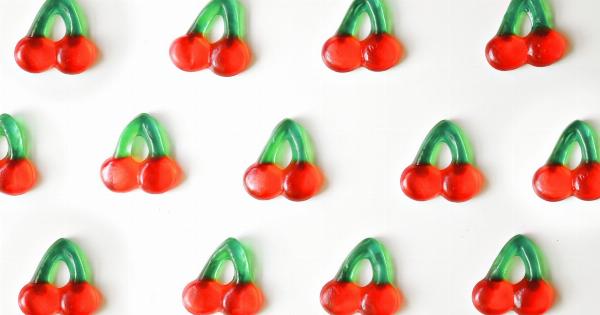Our nails not only protect the fingers and toes, but they can also provide valuable clues about our overall health.
Changes in the appearance and texture of our nails can sometimes be an indication of an underlying medical condition, including heart dysfunction. In this article, we will explore the various nail signs that may indicate heart problems, the causes behind these changes, and what you need to know about them.
1. Clubbing of Nails
Clubbing is a condition in which the angle between the nail and the cuticle increases, causing the nail to curve downward.
This is often referred to as “drumstick fingers” or “watch-glass nails.” Clubbing can be an early sign of heart dysfunction and is commonly associated with congenital heart diseases, endocarditis, and various other cardiovascular disorders.
2. Bluish Nail Bed
A bluish discoloration of the nail bed, known as cyanosis, can also be indicative of heart dysfunction.
When the heart fails to efficiently pump oxygenated blood around the body, oxygen deficiency in the bloodstream can lead to a bluish tint in the nail bed. This is most commonly seen in conditions such as congestive heart failure and peripheral artery disease.
3. Splinter Hemorrhages
Splinter hemorrhages are tiny, reddish-brown streaks that appear vertically under the nails. They resemble splinters or thin lines of blood trapped within the nail plate.
These nail abnormalities can be caused by damaged blood vessels within the nail bed, which may be associated with heart valve infections, systemic lupus erythematosus, or vasculitis.
4. Terry’s Nails
Terry’s nails are characterized by a white or light pink nail plate with a narrow band of reddish or brown color at the tip. In some cases, the entire nail plate may appear white.
This condition is often observed in individuals with heart failure, liver disease, and diabetes. While the exact mechanism behind Terry’s nails is not fully understood, it is believed to be linked to decreased blood flow and reduced vascularity in the nail bed.
5. Nail Pitting
Nail pitting refers to the presence of small depressions or indentations on the surface of the nails. It is commonly associated with psoriasis, an autoimmune disease.
However, nail pitting can also occur in individuals with underlying heart conditions, such as myocarditis or infective endocarditis. The exact relationship between heart dysfunction and nail pitting remains unclear and requires further research.
6. Koilonychia
Also known as “spoon nails,” koilonychia is characterized by nails that are thin, weak, and concave in shape, resembling a spoon.
This nail deformity can be associated with various systemic diseases, including iron deficiency anemia and hemochromatosis. Heart failure can also contribute to the development of koilonychia, although it is less commonly observed in cardiac conditions compared to other causes.
7. Nail Bed Inflammation
Inflammation of the nail bed, known as onycholysis, is a condition in which the nail separates from the underlying skin. This can result from a variety of factors, including trauma, infections, and certain medications.
Onycholysis has been reported in individuals with heart disorders, such as infective endocarditis. However, it is important to note that onycholysis can have multiple causes, and a thorough evaluation is necessary to determine the underlying condition.
8. Red Dots or Lines
Developing tiny red dots or lines under the nails, known as splinter hemorrhages, can also be attributed to heart dysfunction. These hemorrhages are caused by tiny blood clots that form and become lodged in the blood vessels of the nail bed.
Various cardiac conditions, including endocarditis and vasculitis, can lead to the formation of these small red dots or lines.
9. Nail Thickening
Heart dysfunction, particularly heart failure, can sometimes cause the nails to become thickened and distorted.
This thickening is known as onychauxis and is thought to occur due to poor oxygenation and circulation in individuals with compromised heart function. Although onychauxis can also be caused by fungal infections and certain medications, it is important to consider heart dysfunction as a potential underlying cause.
10. Beau’s Lines
Beau’s lines are horizontal grooves or depressions that traverse the nails. These lines occur when nail growth is temporarily disrupted due to an underlying systemic illness or a stressful event.
While not exclusive to heart dysfunction, Beau’s lines have been reported in individuals with acute cardiac events, such as myocardial infarction or severe cases of heart failure.
In conclusion, our nails can serve as an early warning system for potential heart dysfunction.
While these nail signs are not diagnostic on their own, they can provide valuable insights and prompt further investigation into an individual’s cardiovascular health. If you notice any significant changes or abnormalities in your nails, it is important to consult with a healthcare professional who can evaluate your symptoms and provide appropriate guidance.


























